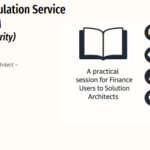

SB520 – Advanced Topics in Revenue Deferrals: Waterfall Forecasting and Multi-Element Allocations in D365 Subscription Billing
Table of Contents
Toggle🌐 Introduction
Welcome to SB520, the first article in our Advanced Revenue Deferrals series for D365 Subscription Billing!
By now, you’ve learned how to configure, automate, and monitor standard revenue deferrals.
Now it’s time to move into forecasting deferred revenue behavior over time and handling complex bundled subscriptions that involve multi-element allocations.
These advanced features will elevate your reporting for:
- FP&A teams (financial planning and analysis)
- Revenue forecasting across large subscription portfolios
- Accurate GAAP/IFRS compliance for bundled offers
Let’s dive into how D365 handles Waterfall reporting and Multi-Element Allocations (MEA) inside Subscription Billing.
📊 Part 1: Waterfall Forecasting for Revenue Deferrals
🔍 What is a Revenue Waterfall?
A Waterfall Report shows how deferred revenue:
- Is recognized month-by-month
- Flows from deferred balance to revenue earned
- Declines over time as contracts are fulfilled
📉 Imagine seeing CRM SaaS revenue from SBX-RNW-ANN1 decline evenly from £6,000 deferred down to £0 after 12 months.
🛠 Setting up Waterfall Analytics in D365
1. Generate Waterfall Data
📍 Path:
Subscription Billing > Revenue and expense deferrals > Periodic tasks > Waterfall analytics report batch processing
- Choose parameters (contract start date, end date, item groups, customers)
- Run batch job
2. Review Waterfall Report
📍 Path:
Subscription Billing > Revenue and expense deferrals > Inquiries and reports > Waterfall analytics
You’ll see:
- Deferred balance start
- Monthly recognized revenue
- Ending deferred balance each period
📈 Example: CRM SaaS Waterfall for SBX-RNW-ANN1
| Period | Beginning Deferred | Revenue Recognized | Ending Deferred |
| Apr-2025 | £6,000 | £500 | £5,500 |
| May-2025 | £5,500 | £500 | £5,000 |
| … | … | … | … |
| Mar-2026 | £500 | £500 | £0 |
📦 Best Practices for Waterfall Reporting
| Tip | Why It Helps |
| Run Waterfall batch quarterly | Supports forward-looking revenue forecasting |
| Filter by subscription type (e.g., CRM) | Provides product-specific revenue flow insights |
| Align with FP&A planning cycles | Helps budgeting, target setting, and investor reporting |
| Use declining balance reports for auditing | Cross-check deferred revenue burn-down consistency |
🔁 Part 2: Handling Multi-Element Allocations (MEA) with Deferrals
🔍 What is a Multi-Element Arrangement?
When you sell a bundle that includes multiple services or products (e.g., CRM license + Support + API access), you need to:
- Allocate total revenue across all elements
- Defer and recognize each component separately
This ensures you comply with IFRS 15 “Relative Standalone Selling Price” rules.

🛠 Setting up MEA in Subscription Billing
1. Create a Bundle Parent Item
E.g., SBX-MEA-BUNDLE represents:
- CRM License: 50% of bundle value
- Tech Support: 30% of bundle value
- API Usage: 20% of bundle value

2. Define Revenue Allocations
📍 Path:
Subscription Billing > Recurring contract billing > Revenue allocation templates
Set allocation percentages or standalone selling prices (SSP) manually or based on contracts.


3. Deferral Processing at Child Line Level
When the bundle is billed:
- Each child line inherits its portion
- Each line can have its own deferral template
- D365 tracks deferred and recognized revenue separately for each component


📈 Example: CRM SaaS Bundle (SBX-MEA-BUNDLE)
| Component | Allocation % | Value | Deferral |
| CRM License | 50% | £500 | Recognized £500 over 12 months |
| Tech Support | 30% | £300 | Recognized £300 over 12 months |
| API Access | 20% | £200 | Usage-based or straight-line recognition |
Total Bundle Value: £1,000 invoiced
Each element has its own revenue recognition and schedule despite being sold together.
🧠 Best Practices for MEA and Deferrals
| Tip | Why It Helps |
| Always set revenue allocation templates upfront | Reduces errors when invoicing bundles |
| Defer CRM License + Support separately | Ensures clean recognition per obligation |
| Use event-based recognition for services | Aligns professional services billing to project delivery |
✅ Summary
In D365 Subscription Billing, mastering Waterfall reporting and Multi-Element Allocations gives your organization:
- Better financial forecasting
- Cleaner subscription P&L tracking
- Full GAAP and IFRS 15 compliance for bundles
| Focus Area | Benefit |
| Waterfall Analytics | Forecast revenue flow across subscription life |
| Multi-Element Allocation (MEA) | Recognize revenue accurately across bundled components |
🔜 Coming Up Next: SB521 – Advanced Deferral Adjustments and Corrections
In SB521, we’ll cover:
- How to adjust posted deferral schedules (e.g., early terminations, changes in delivery dates)
- Credit memos impact on deferred revenue
- Manual vs automated schedule updates for compliance
You’ll learn how to fix, adjust, and control revenue recognition after billing has happened!
Expand Your Knowledge: See More Subscription Billing Blogs
I am Yogeshkumar Patel, a Microsoft Certified Solution Architect and ERP Systems Manager with expertise in Dynamics 365 Finance & Supply Chain, Power Platform, AI, and Azure solutions. With over six years of experience, I have successfully led enterprise-level ERP implementations, AI-driven automation projects, and cloud migrations to optimise business operations. Holding a Master’s degree from the University of Bedfordshire, I specialise in integrating AI with business processes, streamlining supply chains, and enhancing decision-making with Power BI and automation workflows. Passionate about knowledge sharing and innovation, I created AI-Powered365 to provide practical insights and solutions for businesses and professionals navigating digital transformation. 📩 Let’s Connect: LinkedIn | Email 🚀
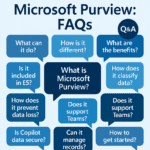
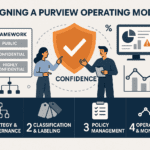
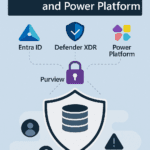
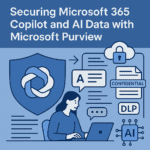



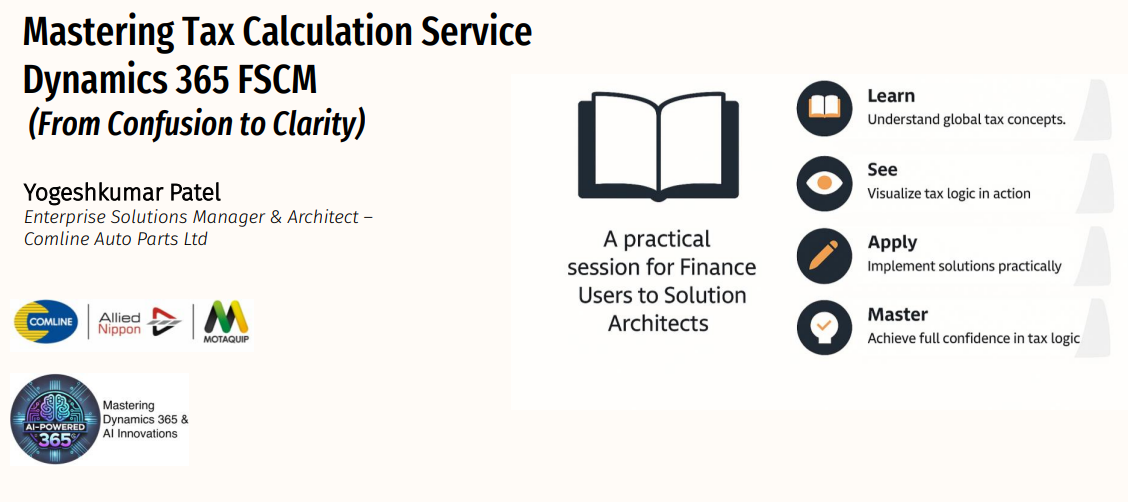
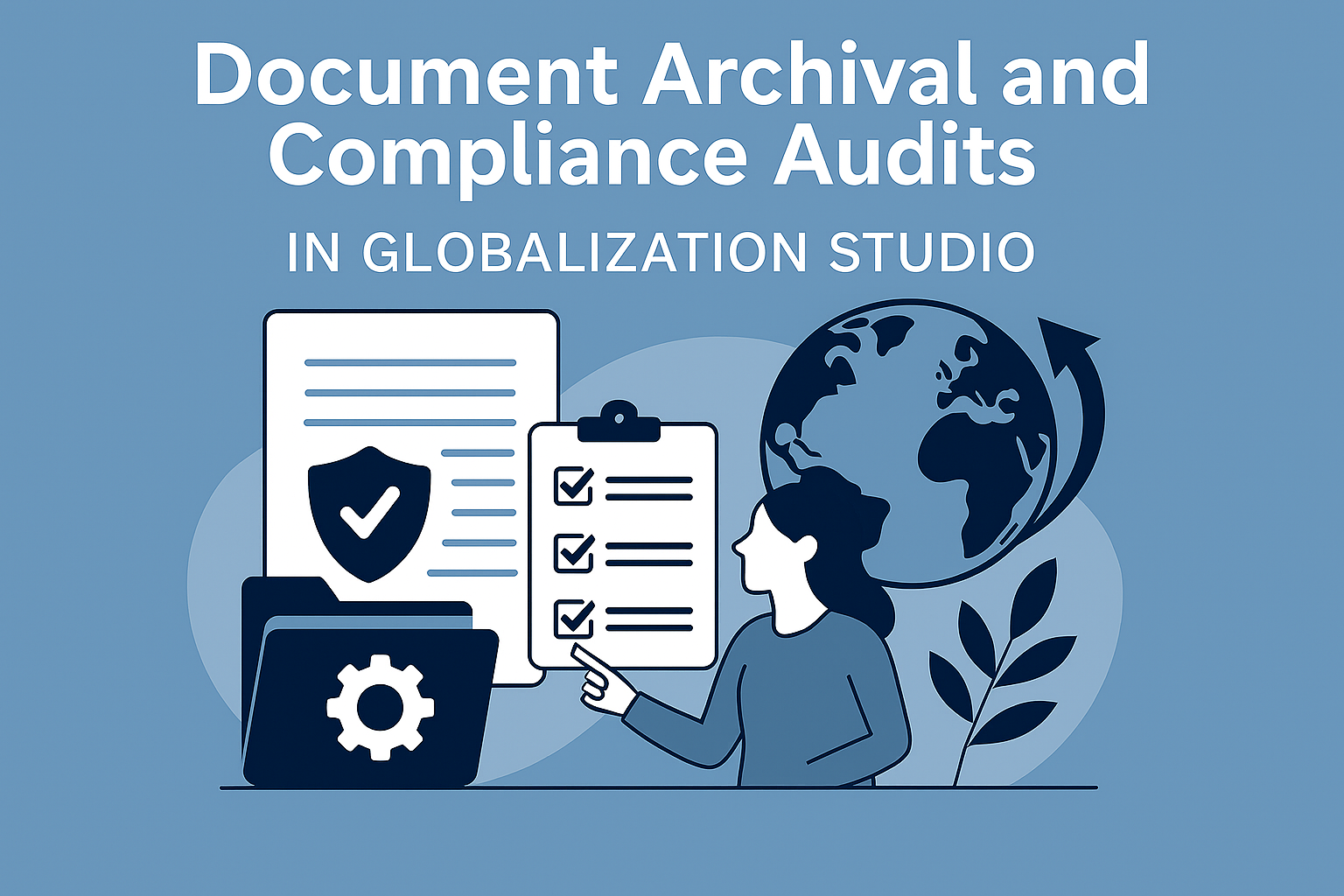
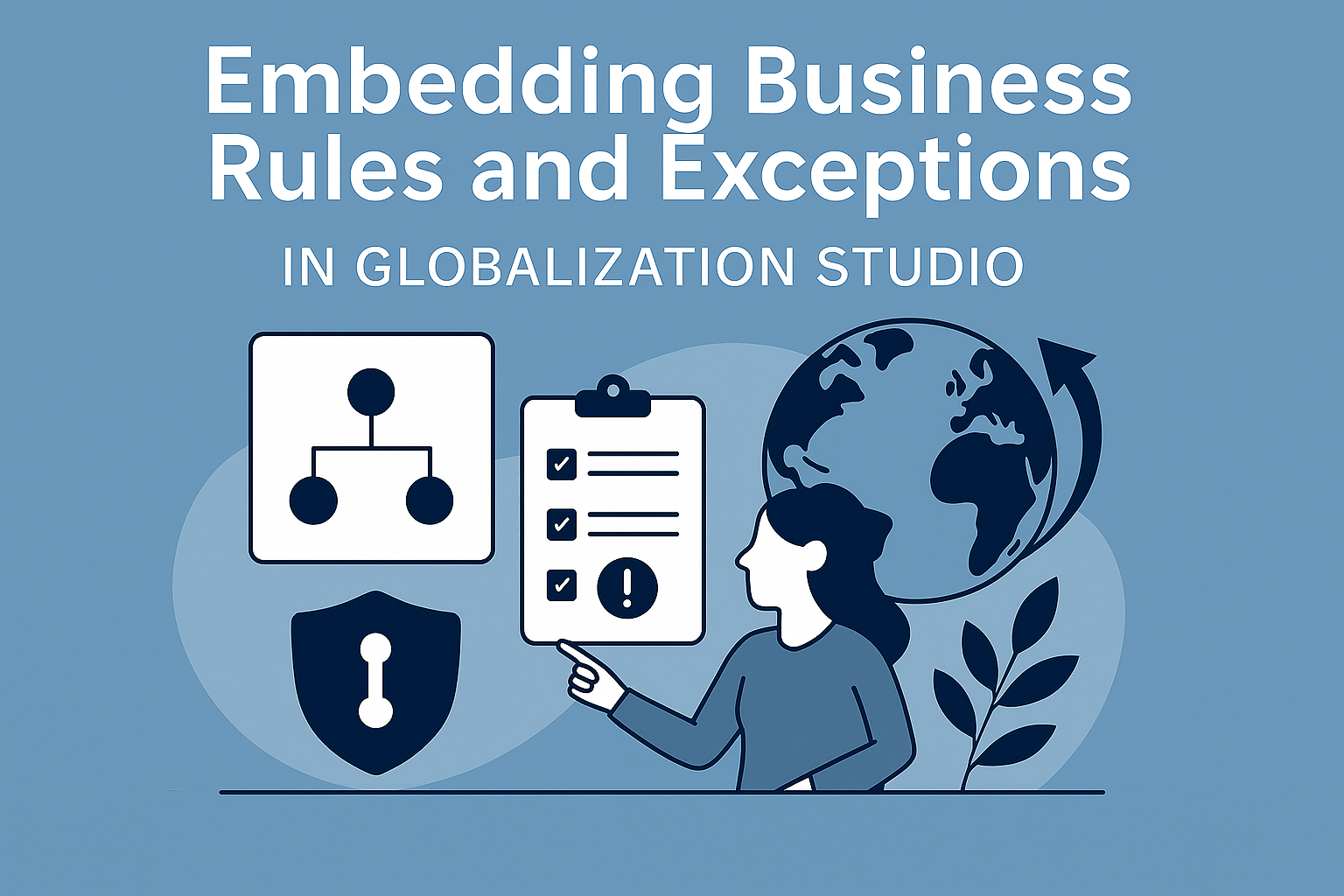



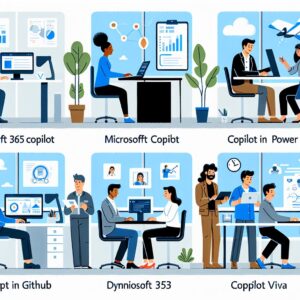


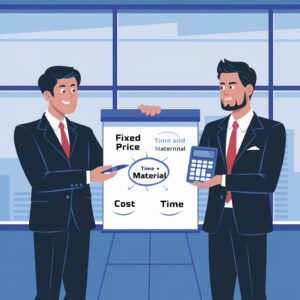



Post Comment